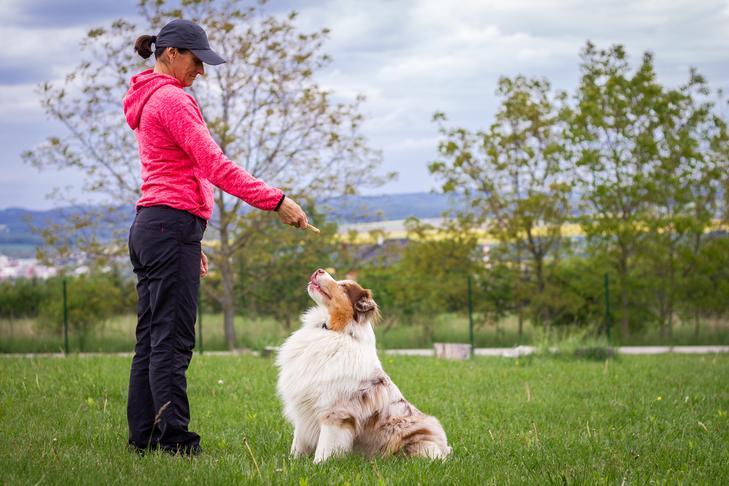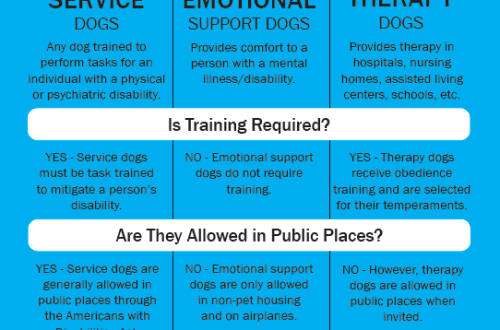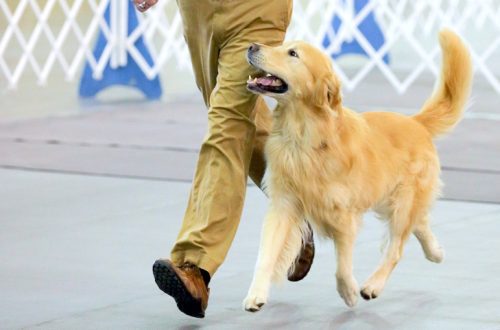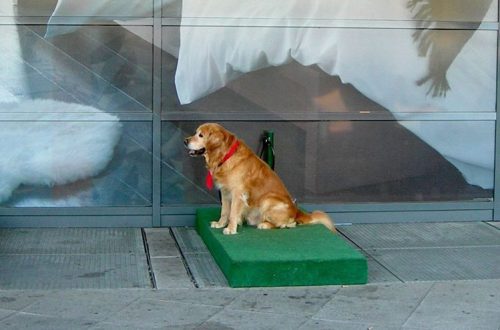
Dog training
Dog training is not just an exciting process of interaction between the owner and the pet, but also a necessity, because a dog (especially a medium and large one) must know and follow the basic commands so that nothing threatens the comfort and safety of others. In addition, serious dog training is indispensable in many specialized, professional structures, as well as in exhibition activities and sports.
First, let’s talk about the concept of “training”, what is it? Training is the training of a dog in commands that will be carried out by it in any conditions with the appropriate sign of the owner. In the process of training, the execution of commands is fixed in the dog as a conditioned reflex, which allows the owner to control the dog’s behavior both while it is at home and during walks.
Training is the key to the safety of others and the dog itself. A trained dog will not run after a ball or a cat and accidentally get hit by a car, pick up food lying on the ground, run away from the owner and, of course, will not disturb a person passing by.
Competent and reliable training is a rather complicated process, since the goal of training is not just to show the dog how to give a paw, but to teach it to unquestioningly carry out the commands and tasks of the owner, instill in it the norms and rules of behavior, as well as develop and strengthen its skills. Therefore, even if you are already an experienced dog breeder, training a dog is recommended with the involvement of a professional.
As a rule, such a training process is built in 4 ways:
The specialist temporarily takes the dog and trains it on its territory.
The specialist comes to you and trains the dog 2-3 times a week.
The specialist explains the theoretical and practical parts to you, and then you train the dog yourself under his supervision.
You and your dog are engaged in a special area allocated for training under the supervision of an instructor.
The owner of the dog chooses the most convenient way for him to train, however the most successful is the third waywhen the instructor first works with the owner of the dog, and then the owner of the dog trains his pet under the supervision of a professional. Why is this method more effective than others? The fact is that for successful training, the contact “owner-dog” is very important. Method number 3 implies that the owner, already informed about all the intricacies of training, works with his dog himself, and the dog perceives him as the undisputed leader. An alternative to such training is method number 4 – classes on the training ground. This method is also effective, but unlike the third one, it is of a group rather than an individual nature.
With the first method training often happens like this: you are returned a perfectly trained dog that knows and executes all commands, but … she refuses to obey the owner! The fact is that in the process of training the dog begins to perceive the instructor as a leader, she gets used to his confident commands, to his gestures, to interaction with him, and mutual understanding has not yet been built with you, you just have to establish contact.
second method training may not be successful, as the dog has to work with two or more people. A trainer trains the dog several days a week, and the owner takes care of it the rest of the time. Unfortunately, often what the trainer manages to put into the dog is successfully destroyed by the inexperience of the owner, i.e. the effect of anti-training is created.
Usually the training process takes about 4 months. To some, this period may seem rather big, but what is 4 months when it comes to the basics of the correct behavior of a dog throughout its life?
You can often hear that the key to quality training is compliance with the rule of three “P” – constancy, gradualness, consistency.
Constancy implies regular training, which harmoniously alternates with games, a walk and time for rest. The boundaries between these activities should not be too obvious, it is better if the dog perceives training as an exciting activity, an enjoyable part of his day. Remember to alternate between a more intense workout regimen with a longer rest period and vice versa. Do not allow the dog to overwork, and his attention is scattered: the dog needs to be attentive and energetic in order to obey your command at any time. It is advisable to train at different times and, if possible, in different places, so that the training process does not become routine and does not lose its effectiveness.
Under gradualism the order of training and the degree of load on the dog being trained are implied. During training, the dog must not be overloaded either on a physical or neuropsychic level. Remember, it is better to shorten the training program than to overwork the dog, as such training will not be effective. If you see that your dog is tired, has stopped concentrating on your actions and is reluctant to follow commands, let him rest, play with him or let him play with other dogs. You can not punish the dog if he was tired or frightened of something and this prevented him from following the commands.
Sequence implies a smooth plan for developing skills in accordance with their complexity. That is, throughout the entire training, it is necessary to move from simple to complex, in no case in the reverse order. Pet requirements and team difficulty should increase gradually. Also, this rule can be attributed to the chain “successful execution of the command – encouragement.” If you are practicing difficult moves, first teach your dog how to do the component parts of those moves. Work on complex techniques sequentially: move on to the next only when the previous one is fixed.
The rule of three “P” will not only make your training more effective and will not allow you to overwork the dog, but also help you and your pet tune in to a wave of mutual understanding and excellent contact.
Training methods
The main methods are mechanical, contrast, imitative, food, gaming and other methods.
Mechanical training method, of course, implies a mechanical effect on the dog in the process of learning its commands. For example, when you teach a dog to walk beside you, you act on it with a leash, pulling it sharply to the left leg.
By contrast method they call the “carrot and stick” method familiar to everyone, i.e. alternation of pleasant and unpleasant effects. For example, a dog can be led to perform the required action by exerting uncomfortable pressure on it, once the dog has completed the given command, it must be praised and treated with a treat.
imitative method is quite effective, it is based on your dog imitating the actions of a person, a group of people, another dog or a group of dogs.
food method is based on strong motivation: the dog experiences a slight feeling of hunger and performs various, including rather complex commands, in order to get a treat.
Game method – this is perhaps the most favorite method for dogs, which allows you to train them to execute commands by imitating normal play. For example, the game method is the basis for training dogs to overcome obstacles, etc.
There are other methods of training dogs, if you wish, you can familiarize yourself with them in more detail, starting to train your pet. Please note that during the training process you will need various attributes, such as a leash, a muzzle, a hoop, toys for dogs, etc.
Learned skills are those that are unconditionally performed by the dog, regardless of the situation and location.
When starting training, keep in mind that this is a serious process that requires a responsible and careful approach. You have to establish contact with the dog and show him that you are not just a friend, but also a leader, and that he must follow your commands. It depends on your skill, responsibility and patience how the dog learns commands.
Do not forget that the success of the student depends on the professionalism of the teacher, and be the best mentor for your pet!





